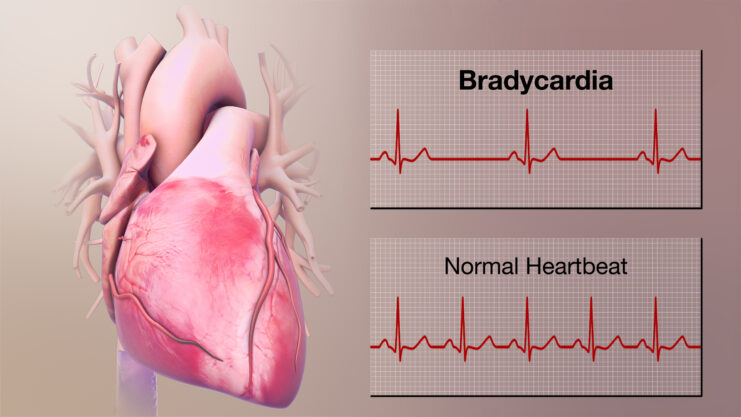Bradycardia, a medical issue that affects people of all ages and is characterised by an excessively slow heart beat. While a slower heart rate may be typical for certain people, abnormally low heart rates can cause exhaustion, fainting, and dizziness. Fortunately, improvements in medical research have produced a wide range of bradycardia management and therapy alternatives. The causes, symptoms, and treatments for this ailment are covered in detail in this article.
Comprehension of Bradycardia
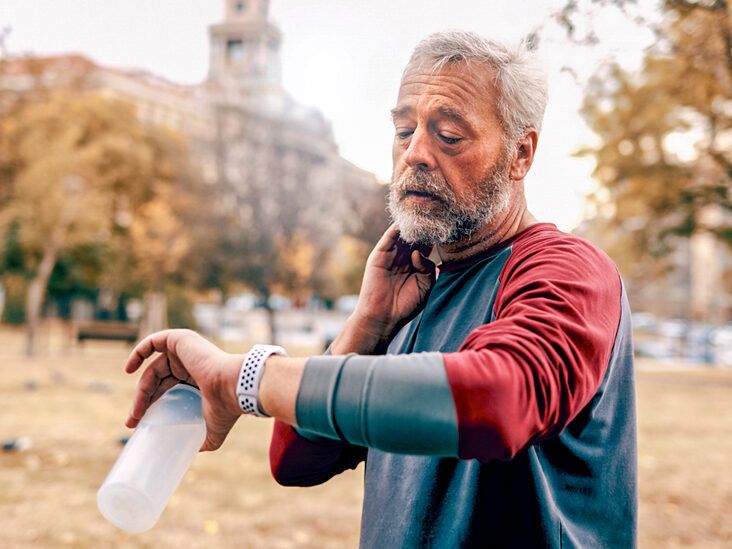
Adults with a heart rate of under 60 beats per minute (bpm) are said to have bradycardia. Numerous factors, including aging-related changes, underlying medical disorders, and certain drugs, might contribute to the illness. Due to their highly trained cardiovascular systems, athletes, especially those who participate in endurance sports, may naturally have lower resting heart rates. However, action is required when bradycardia causes symptoms including fainting, shortness of breath, and dizziness.
Identifying the Symptoms
Recognising bradycardia’s signs is essential for prompt response. People who have bradycardia may express the following complaints:
1. Weakness and Fatigue:
Reduced blood supply to the body as a result of a decreased heart rhythm might make you feel weak and exhausted.
2. Feeling dizzy and lightheaded:

Dizziness or lightheadedness can result from insufficient blood supply to the brain, especially after standing up.
3. Stumbling:
Bradycardia, sometimes referred to as syncope, can cause fainting spells in extreme circumstances. The insufficient blood flow to the brain is the cause of this.
4. Shortness of Breath:
Even with mild activity, a decreased heart rate can make it more difficult for the heart to pump oxygen-rich blood to the body.
5. Chest Discomfort:
Due to reduced blood supply to the heart muscles, some people may have chest pain or discomfort.
Treatment Approaches
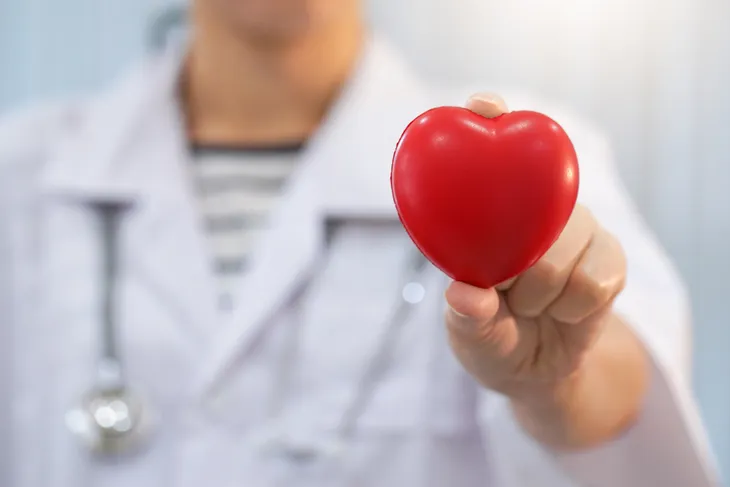
The underlying reason, the severity of the symptoms, and the patient’s general health all play a role in the therapy of Curing bradycardia. Typical treatment methods include:
1. Lifestyle Modifications:
Bradycardia can be controlled in mild instances by altering one’s lifestyle. These include engaging in regular exercise, keeping a healthy weight, and limiting alcohol and caffeine use.
2. Medications:
Certain drugs can reduce symptoms and assist control heart rate. To regulate heart rate and keep a stable rhythm, doctors frequently prescribe beta-blockers and calcium channel blockers.
3. Implanting a pacemaker:
An under-the-skin pacemaker is a tiny device that is surgically inserted, often close to the collarbone. The heart receives electrical signals from it, ensuring that it keeps a steady beat. This is a typical and excellent bradycardia therapy.
4. Cardiac Rehabilitation:
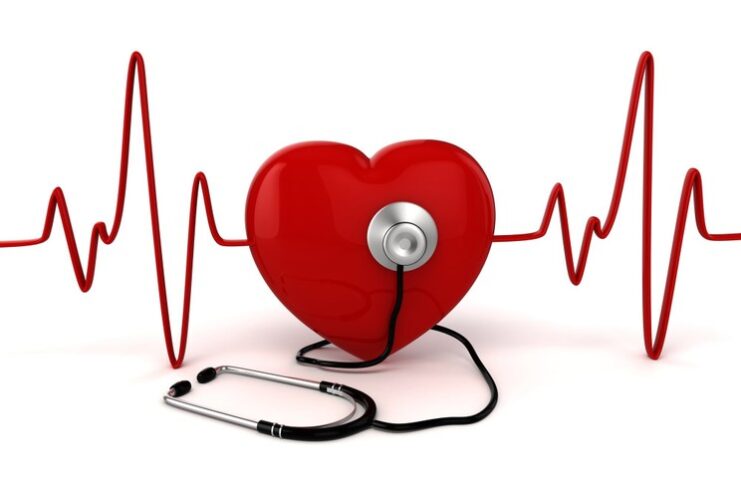
Programmes for cardiac rehabilitation may be helpful for those with bradycardia who have had therapy, such as pacemaker installation. To enhance heart health, these programmes combine supervised exercise with instruction and counselling.
Surgical Intervention:
Surgical treatment may be required when structural cardiac problems are the cause of bradycardia. This can entail correcting problems with the electrical circuits of the heart or mending damaged cardiac tissue.
Preventing Bradycardia
While some bradycardia episodes cannot be avoided, the risk can be significantly decreased by living a heart-healthy lifestyle. Here are a few precautions to take:
1. Regular Exercise:
Regular exercise strengthens the heart and increases its effectiveness, which lowers the risk of irregular heart rates.
2. Balanced Diet:

A heart-healthy diet includes plenty of fruits, vegetables, lean meats, and whole grains. Additionally important are limiting saturated fats, processed carbohydrates, and too much salt.
Stress management Bradycardia and other cardiac conditions, especially chronic stress, can be exacerbated. Deep breathing, meditation, and yoga are all effective methods of relaxing.
3. Avoid smoking:
Smoking harms the cardiovascular system and raises the chance of developing cardiac conditions, such as bradycardia.
What are the causes?
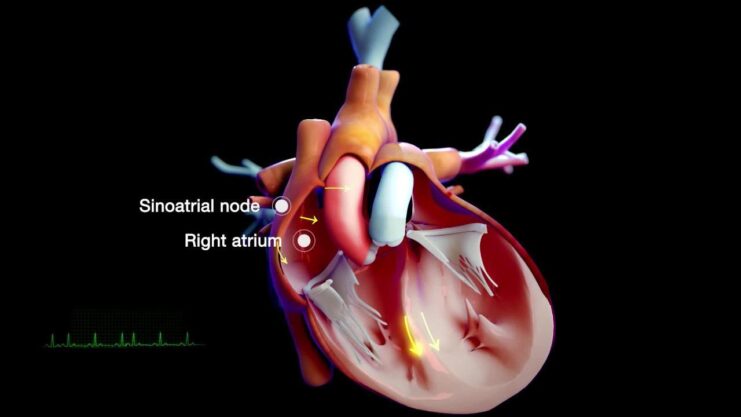
Sinus Node Dysfunction: Ageing or other causes may cause the SA node, which is in charge of starting the heart’s electrical impulses, to malfunction. This flaw may result in bradycardia, a slowing of the heart rate.
Aging-related Changes: As we age, the electrical pathways of the heart may gradually weaken, causing bradycardia and irregular heartbeats.
Heart problems: Some heart problems, such heart attacks or heart illnesses, might interfere with the electrical conduction of the heart and cause bradycardia.
Medication: As an unintended side effect, some drugs, such as beta-blockers used to treat high blood pressure, might unintentionally slow down the heart rate.
The Consequences
Dizziness and Lightheadedness: Feelings of dizziness and lightheadedness can be brought on by inadequate blood circulation brought on by bradycardia. A brain with insufficient blood flow may have problems with balance and cognition.
Fatigue: A lower heart rate results in a less effective blood pump, which can cause weariness and overall weakness.
Fainting Spells: Severe bradycardia can result in fainting spells, which are dangerous, especially when they happen while doing things like driving or operating large machinery.
Potential for Cardiac Arrest: Extreme bradycardia increases the chance that the heart will stop beating entirely in a cardiac arrest, which can become life-threatening.
To navigate the complexities of bradycardia, a thorough strategy that takes into account the underlying causes, symptoms, and potential repercussions is necessary. To guarantee a healthy and active life, it is important to put your heart health first.
We shall go into more detail about the bradycardia treatment choices in later portions of this post. There are methods to restore the heart’s rhythm and improve general quality of life, ranging from food and lifestyle changes like exercise to medical procedures like pacemakers.
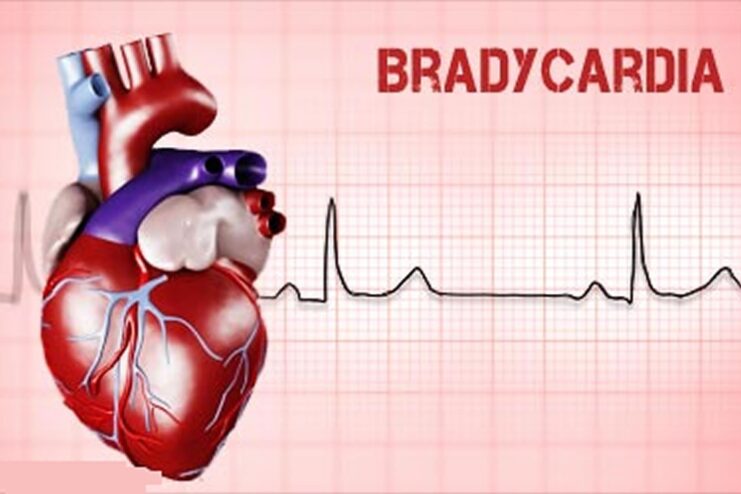
Conclusion
Bradycardia, while concerning, is a condition that can be effectively managed and treated. Timely recognition of symptoms and consultation with a medical professional are key to determining the appropriate treatment plan. From lifestyle adjustments to medical interventions like pacemaker implantation, a range of options is available to restore a normal heart rhythm and improve overall quality of life. By prioritizing heart-healthy habits, individuals can also take proactive steps to prevent the onset of bradycardia and other heart-related issues.

